Notable Cars That Missed the Mark
Over the years, the automotive industry has seen remarkable innovations that have shaped modern transportation. However, not every car model has been a success. Some vehicles, despite their promising designs and ambitious goals, fell short due to technical challenges, design flaws, or consumer preferences.
Here’s a look at some cars that, for various reasons, struggled to meet expectations and left a lasting impression on automotive history.
AMC Gremlin (1970–78): A Compact Experiment That Fell Short
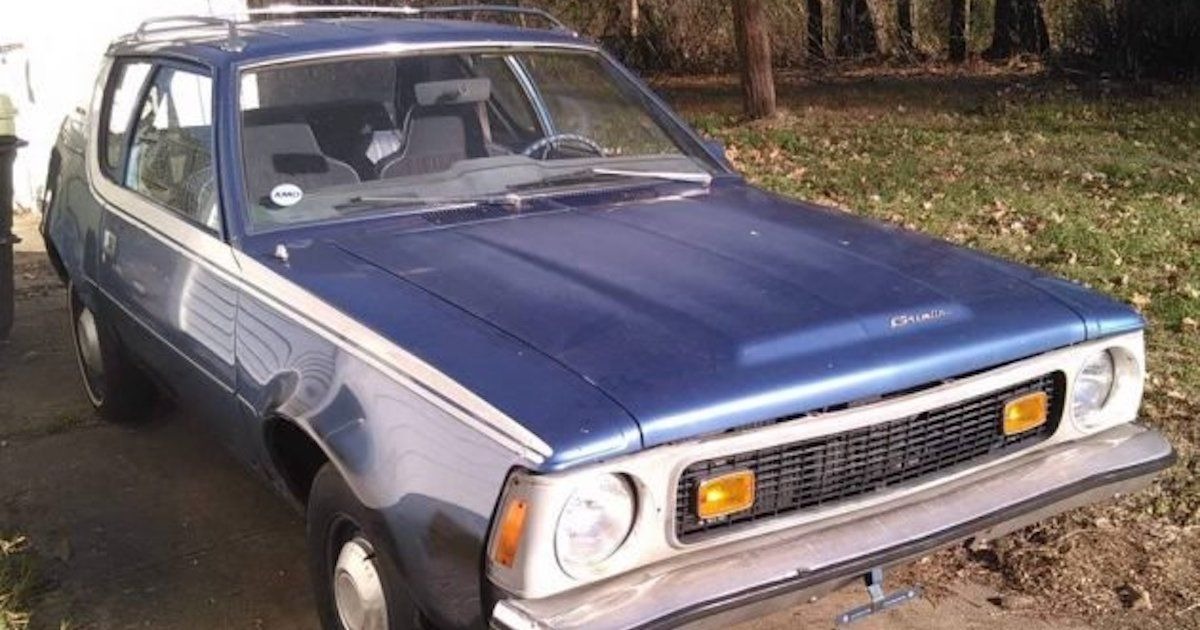
The AMC Gremlin was designed in response to the rising demand for compact cars in the 1960s and 70s. It was based on the AMC Hornet, with a shorter body and minor modifications. However, the final design ended up looking like a truncated version of its predecessor.
The car’s shorter frame required adjustments to the suspension system, affecting handling and driving comfort. Additionally, the heavier engine contributed to slow responsiveness. Many drivers also noted the lack of basic features, making the Gremlin an unconventional and challenging vehicle to drive.
Horsey Horseless (1899): A Unique But Impractical Concept
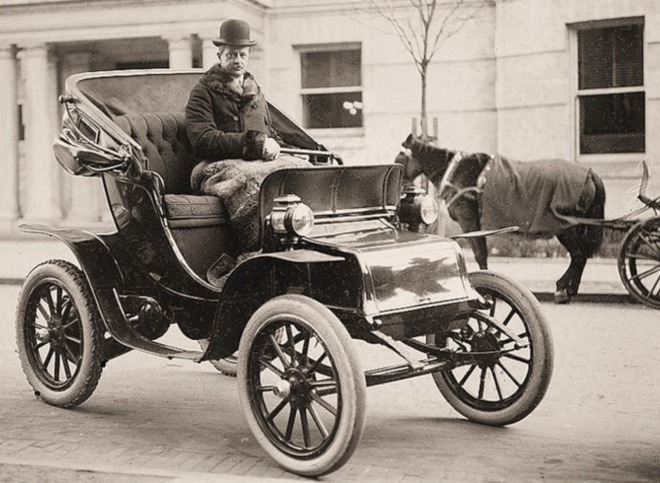
As the world transitioned from horse-drawn carriages to automobiles, early manufacturers sought ways to ease the shift for consumers. One of the most unusual attempts was the 1899 Horsey Horseless, which featured a large, decorative horse head mounted on the front of the vehicle.
This design was intended to make the car more familiar to those accustomed to horse-drawn transport. However, it had no practical function, and storing fuel inside the hollowed-out horse head raised safety concerns. Despite its creativity, this concept did not gain traction in the evolving automobile industry.
Chevrolet Vega (1971–77): A Promising Start with Unforeseen Issues
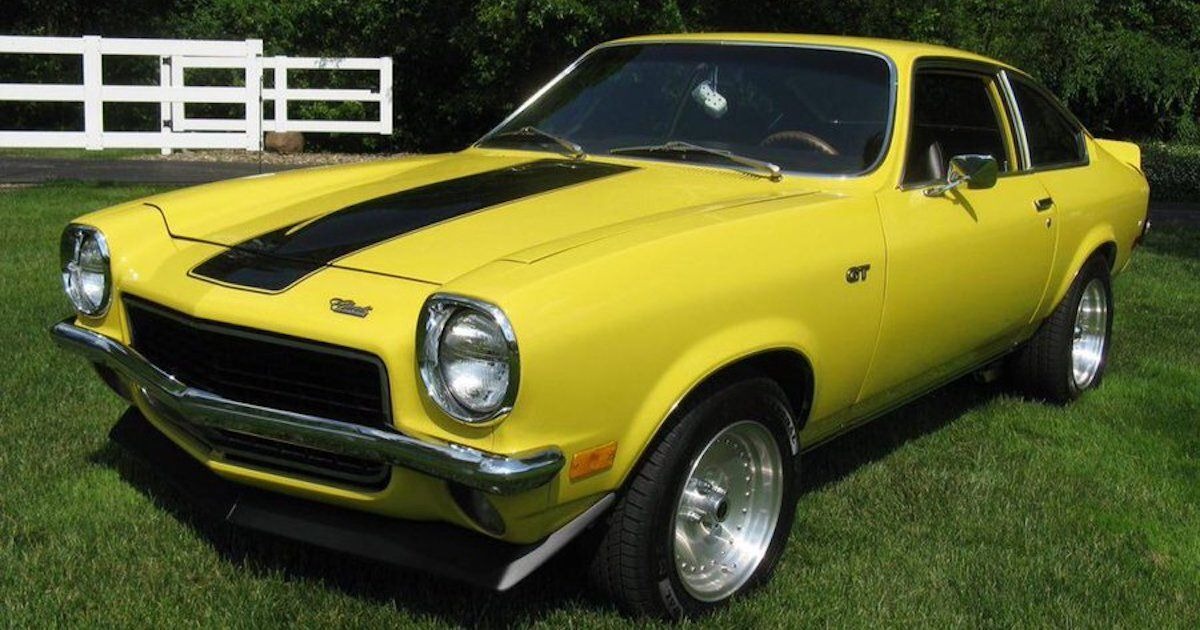
The Chevrolet Vega was introduced with innovative manufacturing techniques, including a new engine production process and a focus on rustproofing. It even received the 1971 Motor Trend Car of the Year award. However, these early praises were overshadowed by long-term reliability issues.
Despite its rustproofing claims, the Vega was highly susceptible to corrosion. Additionally, its aluminum engine components wore out quickly, leading to widespread mechanical failures. Many Vega models did not survive beyond the 1970s, and scrapyards saw an influx of these cars due to their durability concerns.
Hummer H2 (2002–09): Bold Design, High Costs
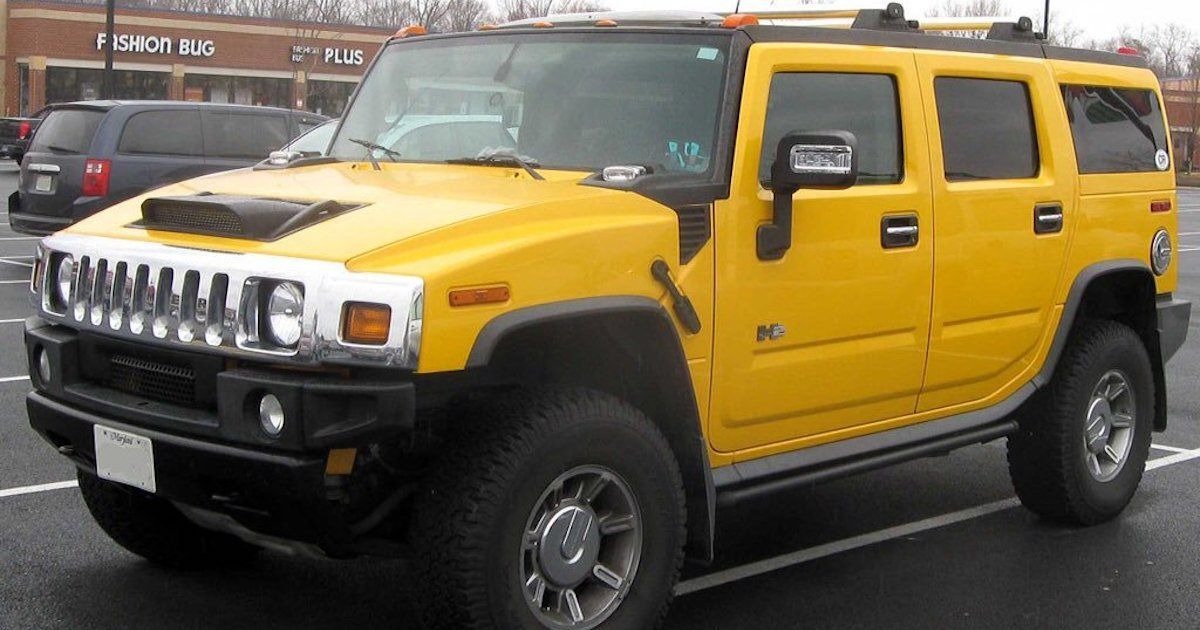
The Hummer H2 was built as a civilian version of the military Humvee, offering a bold and imposing look. While it gained attention for its rugged design, it also became known for poor fuel efficiency.
Arriving at a time when energy conservation was gaining importance, the H2’s high fuel consumption made it increasingly impractical. Combined with rising fuel prices and shifting consumer preferences, the model struggled in the market, and the Hummer brand eventually faced discontinuation.
Fuller Dymaxion (1933): A Visionary Design That Struggled with Functionality

Designed by R. Buckminster Fuller, the Dymaxion was intended to be a revolutionary vehicle with a unique, aerodynamic shape. The three-wheel design and angled body aimed to enhance efficiency but resulted in instability and control difficulties.
Only three units were produced before the project was halted. A fatal crash during testing further hindered the Dymaxion’s prospects, preventing it from reaching mass production despite its ambitious design.
Ford Taurus (1996): A Redesign That Missed the Mark
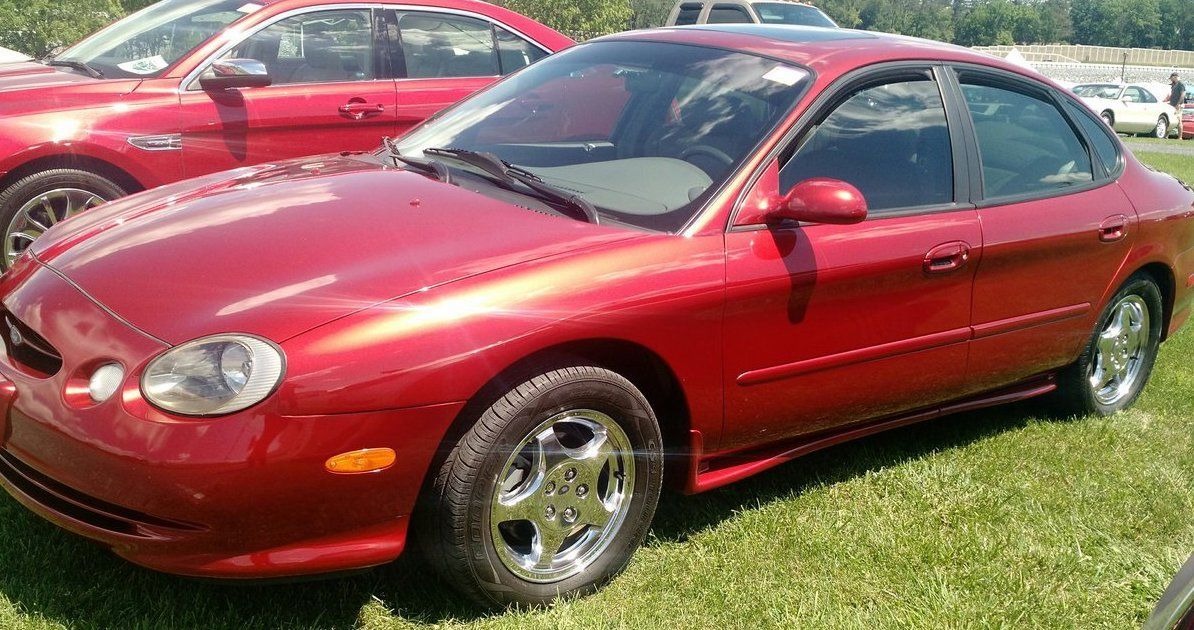
Ford had seen success with earlier models of the Taurus, but the 1996 redesign aimed for a futuristic look that did not resonate with buyers.
The aerodynamic styling was intended to emulate luxury vehicles, but the unusual shape led to mixed reactions. In addition, the new design reduced trunk space and increased vehicle weight, impacting performance. These factors contributed to the model’s lukewarm reception.
Renault Dauphine (1956): A Sluggish Performer
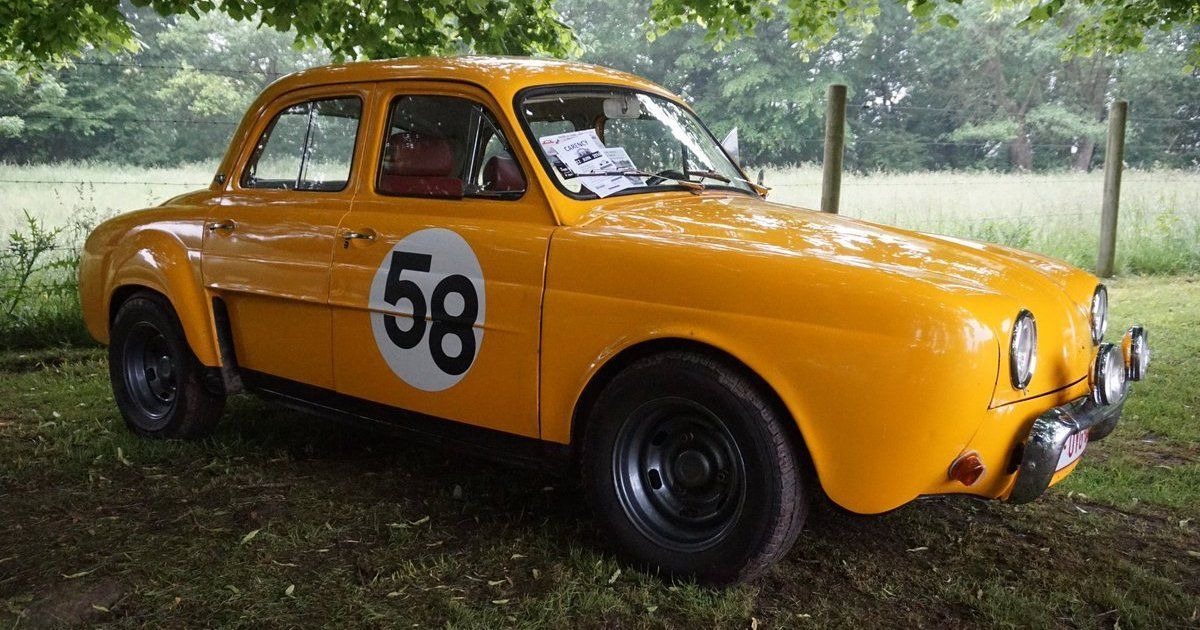
The Renault Dauphine was intended to be an affordable and practical car, but its slow acceleration made it impractical for many drivers. Taking over 30 seconds to reach 60 mph, it was one of the slowest cars of its time.
Beyond speed, the thin metal construction made the car prone to rust, while interior quality was considered subpar. These drawbacks affected the car’s reliability and long-term appeal in the market.
Ford Edsel (1958): A Misaligned Market Strategy
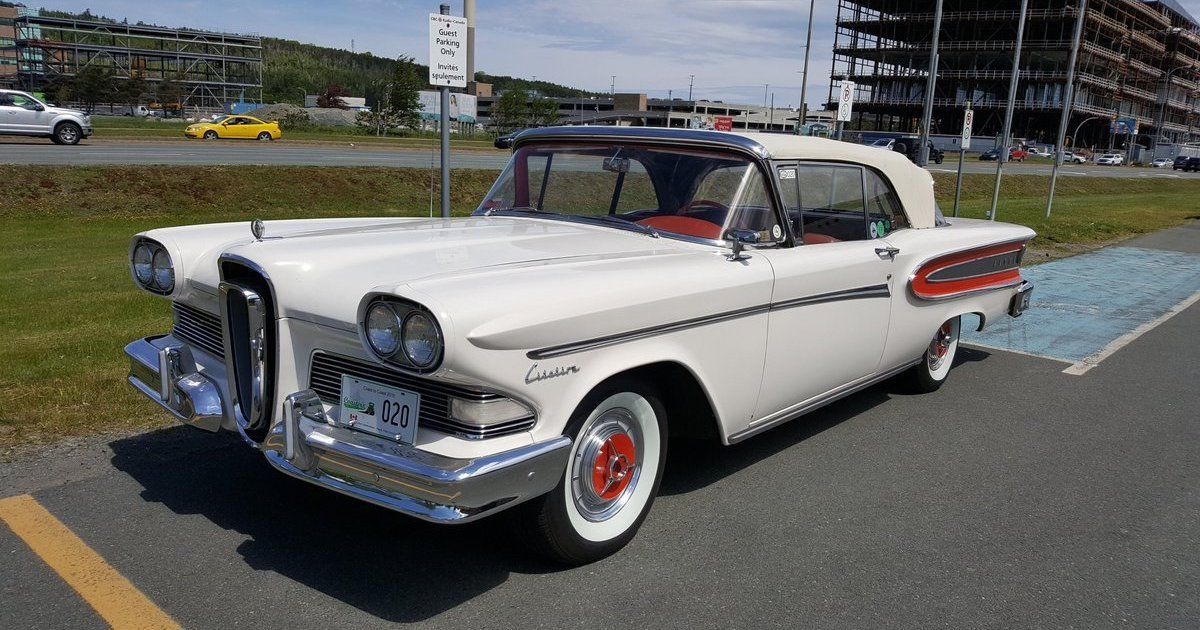
The Ford Edsel is often remembered as a case study in marketing missteps. Ford conducted extensive market research to understand consumer preferences, yet the final product did not align with these insights.
Additionally, a year-long marketing campaign built high expectations, only for buyers to find the Edsel lacking in design and performance. This mismatch between consumer expectations and reality led to poor sales and the model’s early discontinuation.
Cadillac Cimarron (1982): A Luxury Brand’s Misstep
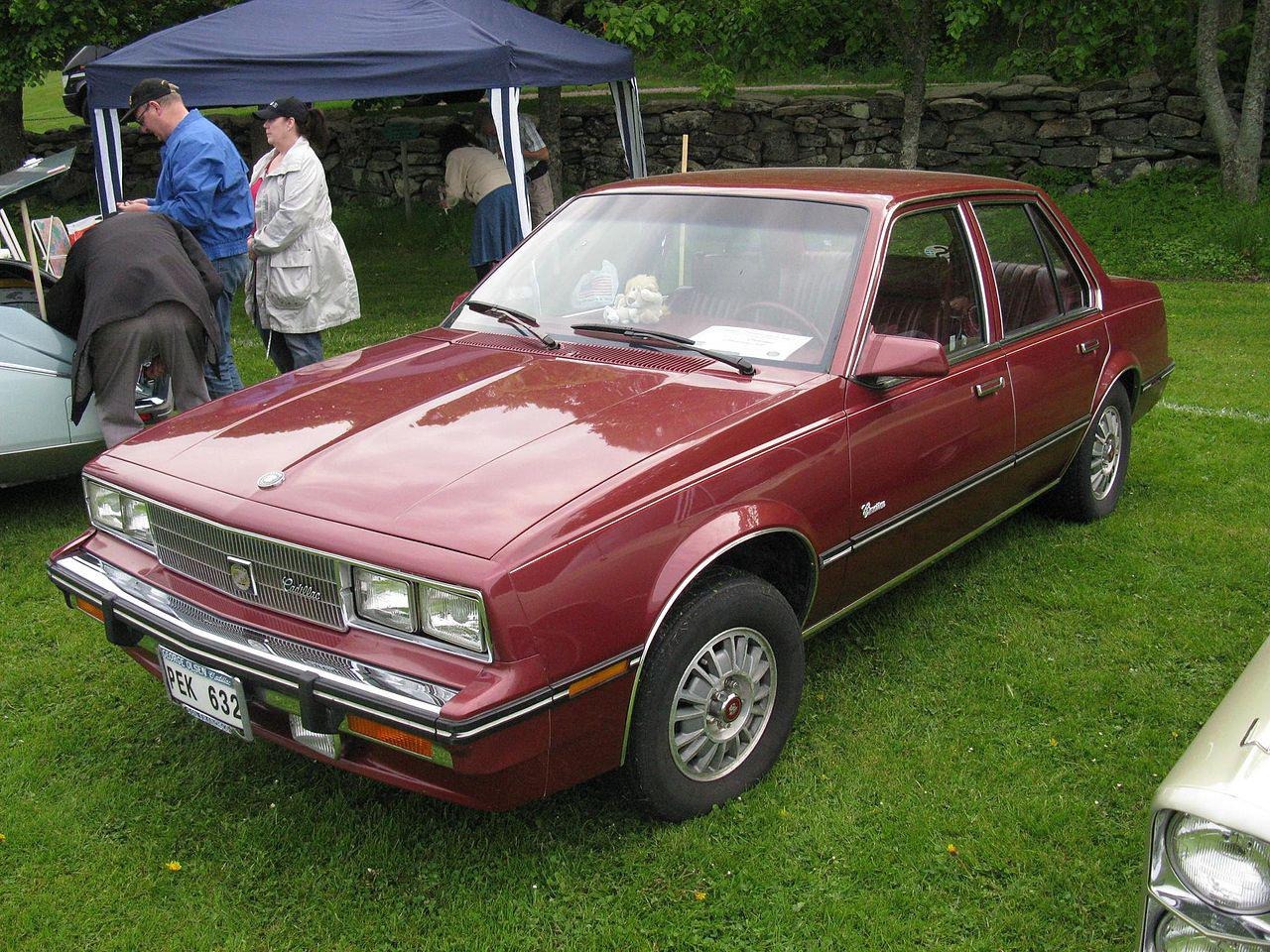
Cadillac had long been known for luxury and high-quality vehicles, but the 1982 Cimarron faced criticism for failing to uphold these standards.
At a time when General Motors faced production challenges, the Cimarron felt underdeveloped compared to Cadillac’s reputation. It lacked the refinement expected from the brand, leading to negative reviews and a lasting impact on Cadillac’s reputation in the 1980s.
Cadillac Fleetwood V-8-6-4 (1981): A Technological Gamble with Challenges
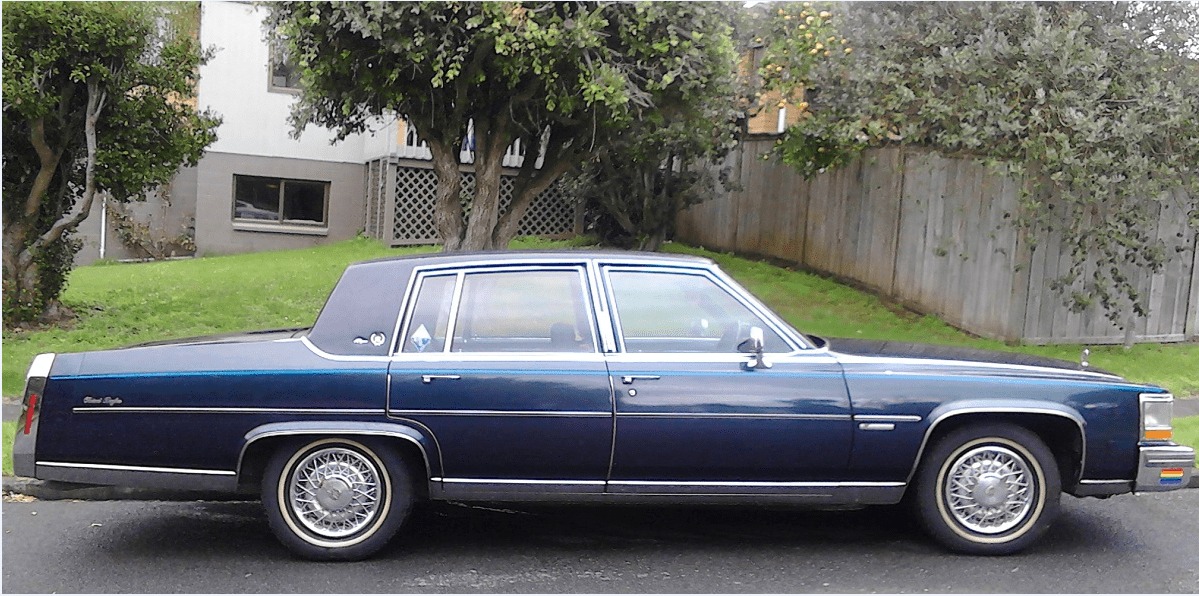
Cadillac’s Fleetwood V-8-6-4 attempted to introduce early computer-assisted technology into its engine system. The goal was to optimize fuel efficiency by adjusting the number of active cylinders based on driving conditions.
However, the early technology led to inconsistent performance, including stalling and unexpected jerking motions. While the idea was forward-thinking, the execution was not refined enough for widespread success.
Leave a Reply